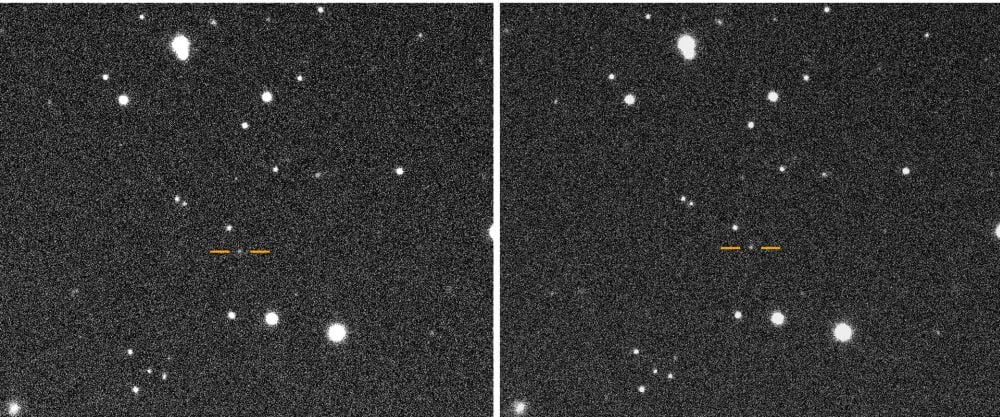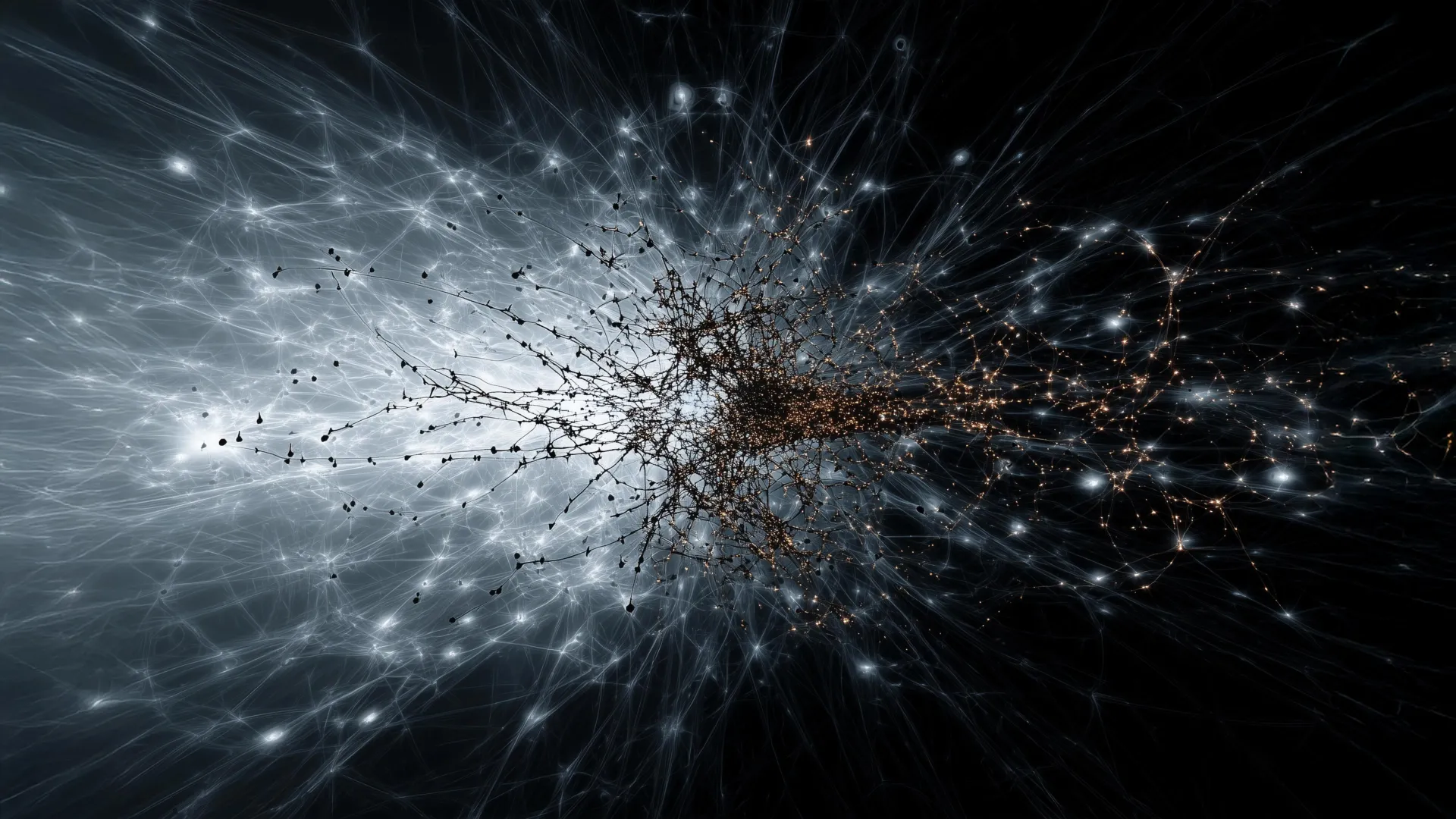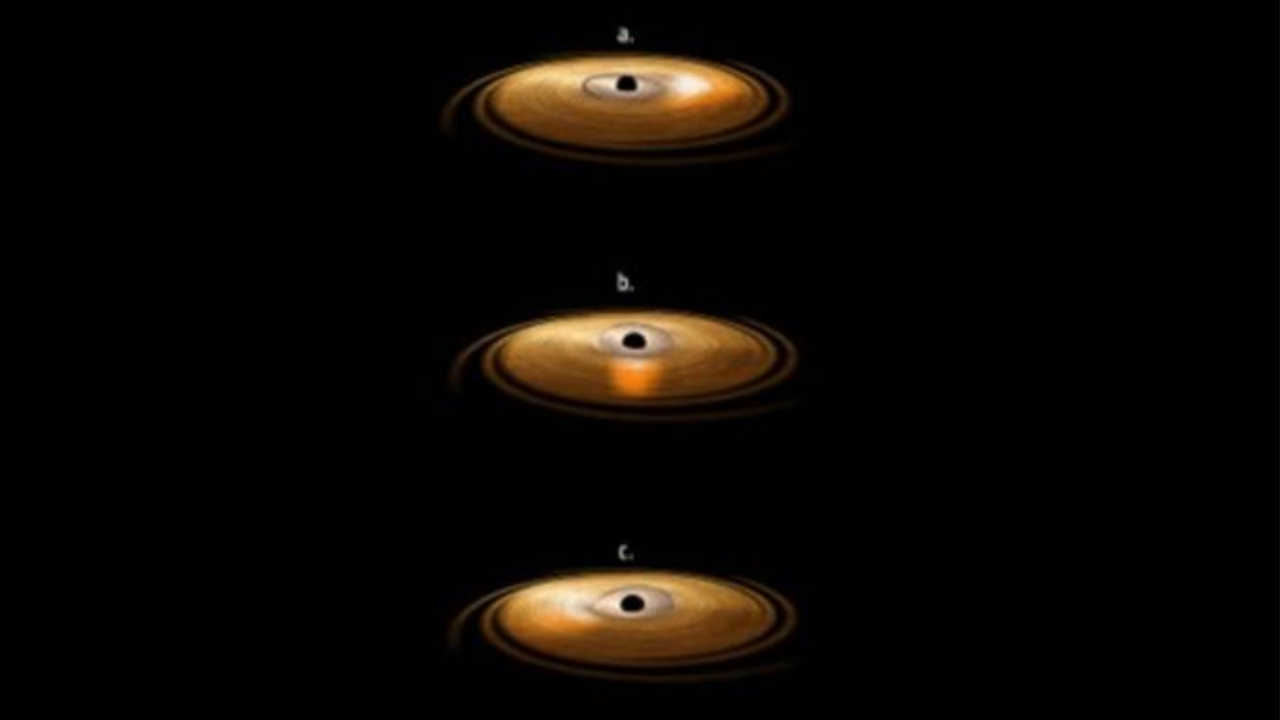Astronomers have identified a new asteroid, named 2025 SC79, which poses a potential impact hazard to Earth. Discovered on September 27, 2023, by Scott S. Sheppard, an astronomer at the Carnegie Institute for Science, this asteroid belongs to the Atira asteroid group, a category of near-Earth asteroids whose orbits lie entirely within that of Earth.
Asteroids like 2025 SC79 are particularly challenging to observe due to their position relative to the Sun. Its faint light is easily obscured, making it difficult to detect. This new space rock measures approximately 700 metres (2,300 feet) in diameter. While it is smaller than the asteroid that caused the extinction of the dinosaurs, its size still presents a considerable risk; an impact could lead to catastrophic consequences on a continental scale.
Significant Discovery and Characteristics
2025 SC79 is only the second known asteroid with an orbit entirely within that of Venus, and it crosses the orbit of Mercury. It completes a full orbit around the Sun in just 128 days, making it one of the fastest asteroids in the solar system. By comparison, Mercury takes only 88 days for a complete orbit.
The discovery was made using the Dark Energy Camera on the National Science Foundation’s Blanco 4-meter telescope, a tool specifically designed to identify potentially hazardous asteroids. This sighting was later confirmed through observations from two additional telescopes: the Gemini telescope and the Magellan telescopes.
As Sheppard noted in a press release, “The most dangerous asteroids are the most difficult to detect. Most asteroid research finds these objects in the dark of night, where they are easiest to spot. But asteroids that lurk near the Sun can only be observed during twilight—when the Sun is just about to rise or set. If these ‘twilight’ asteroids approach Earth, they could pose serious impact hazards.”
Future Observations and Implications
Following its discovery, 2025 SC79 is expected to disappear behind the Sun for several months, temporarily limiting observations. Once it re-emerges, astronomers aim to study its composition further, which could provide insights into how these celestial bodies endure the intense heat from solar exposure. Understanding its origins is also crucial, as it may have been dislodged from the main asteroid belt and captured by the Sun’s gravitational pull.
Sheppard emphasizes the importance of understanding the trajectories of such asteroids: “Many of the Solar System’s asteroids inhabit one of two belts of space rocks, but perturbations can send objects careening into closer orbits where they can be more challenging to spot. Understanding how they arrived at these locations can help us protect our planet and also help us learn more about Solar System history.”
The discovery of 2025 SC79 serves as a reminder of the dynamic nature of our solar system and the ongoing efforts of astronomers to monitor potentially hazardous objects. As technology advances, the ability to detect and study these asteroids will be crucial for planetary defense and understanding the history of our cosmic neighborhood.







